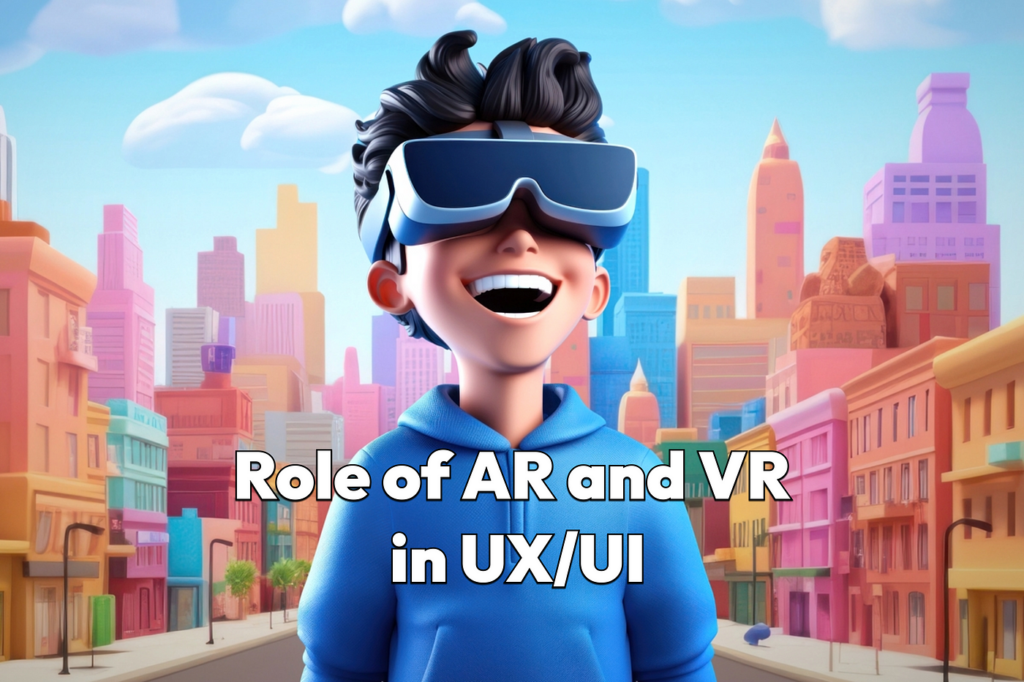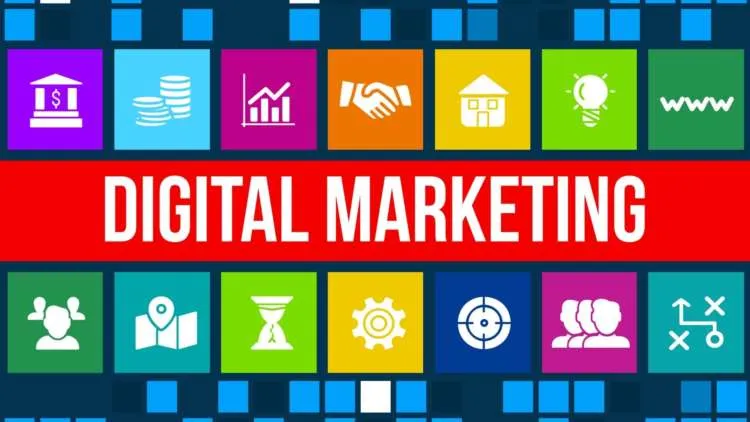UX with AR VR Imagine interacting with your favorite app not on a flat screen, but in an immersive, interactive 3D world. Consider trying on things electronically, exploring foreign locations from your living room, or studying complex ideas through interactive simulations. This is the power of Augmented Reality (AR) and Virtual Reality (VR), and they are about to transform the mobile user experience (UX) like never before.
Why is AR/VR the Future of Mobile UX?
Increased Engagement: AR/VR enhances user engagement by superimposing digital components on the actual world (AR) or moving users to completely virtual worlds (VR). This results in a more dynamic and interactive experience, keeping consumers focused on their screens.
Enhanced usability: AR/VR makes complex tasks more intuitive and pleasurable. Imagine constructing furniture with step-by-step AR instructions or debug a machine using interactive VR overlays. The opportunities for better usability are limitless.
AR/VR promotes a stronger emotional connection between users and content. Imagine virtually touring your ideal holiday destination or watching a performance from the comfort of your own home. These events establish long-term memories and increase brand loyalty.

Creating Mind-Blowing Mobile Experiences With UX with AR VR
Define your purpose. Clearly identify the problem you’re fixing or the experience you’re creating using AR/VR. Is it for learning, amusement, or product visualization? Knowing your mission will help you navigate your development process. Prioritize user experience. Do not let technology overshadow the user. To avoid nausea or disorientation, make sure that interactions are seamless, controls are intuitive, and there are clear visual clues.
Start Small and Iterative: Do not attempt to create the next Metaverse in your first app. Begin with a specific AR/VR functionality, then gather user feedback to iterate and improve.
Optimize for Performance: AR/VR applications require a lot of computing power. Optimize your app’s resource utilization to provide a smooth and lag-free experience.
Embrace Storytelling: AR/VR is excellent at weaving narratives. Use these tools to produce compelling stories that connect with your audience and leave a lasting impression.
Beyond the Basics: Unlocking the True Potential of AR/VR in Mobile Apps
While the core principles of building great AR/VR experiences remain crucial, let’s dive deeper into specific strategies to truly unlock their potential:
Embrace Location-Based Experiences:
- AR navigation: Go beyond static maps. Imagine walking down the street with AR arrows guiding you, highlighting points of interest, and showcasing historical data layered onto the real world.
- Interactive city tours: Transform sightseeing into an interactive treasure hunt with AR riddles, virtual guides, and hidden augmented objects to discover.
- Augmented retail experiences: Let customers virtually “try on” clothes, visualize furniture in their homes, or explore a store’s layout before visiting.
Leverage the Power of Social Interaction:
- Shareable AR moments: Enable users to capture and share AR experiences with friends, like AR photo filters or collaborative AR creations.
- Multiplayer VR experiences: Build social VR games or collaborative simulations where users can interact, play, and create together in virtual worlds.
- Live AR events: Host virtual concerts, product launches, or educational workshops where users can participate remotely in an immersive AR environment.
Think Beyond Visuals: Integrate Other Senses:
- Haptic feedback: Enhance UX with AR VR experiences with haptic gloves or vests to add a layer of touch and physical interaction.
- Spatial audio: Create realistic and immersive soundscapes that change dynamically based on the user’s movement and viewpoint in the AR/VR environment.
- Smell and taste integration: While still in its early stages, imagine incorporating scent and taste elements to truly immerse users in virtual worlds.
Remember, Accessibility is Key:
- Prioritize inclusivity: Ensure your UX with AR VR experiences are accessible to users with disabilities. Consider text-to-speech options, alternative control methods, and colorblind-friendly designs.
- Mindful content creation: Be mindful of potential triggers like flashing lights or sudden movements, and offer options for users to adjust VR settings to their comfort level.
- Promote responsible development: Focus on ethical AR/VR experiences that avoid privacy concerns, promote healthy user behavior, and avoid addictive or manipulative design elements.
By pushing the boundaries of creativity and technology, AR/VR can revolutionize the way we interact with mobile apps. Remember, the future is immersive, interactive, and full of possibilities – go forth and build experiences that truly blow minds!
FAQ: Revolutionizing UX with AR VR: How to Build Mind-Blowing Mobile Experiences
Q: What are the biggest benefits of using AR/VR in mobile apps?
A: AR/VR offers several benefits, including:
- Increased engagement: Users are more likely to be glued to an app that offers an immersive and interactive experience.
- Enhanced usability: Complex tasks can become intuitive and enjoyable with AR/VR overlays and instructions.
- Deeper emotional connection: AR/VR allows users to connect with content on a deeper level, creating lasting memories and strengthening brand loyalty.
Q: What are some challenges of developing AR/VR apps?
A: AR/VR development comes with its own set of challenges:
- Technical complexity: AR/VR apps require more processing power and expertise compared to traditional apps.
- User experience optimization: Ensuring smooth interactions, intuitive controls, and avoiding nausea or disorientation requires careful design.
- Accessibility considerations: AR/VR experiences should be inclusive and accessible to users with disabilities.expand_more
Q: What are some key things to consider when building an AR/VR app?
A: When building an AR/VR app, keep these in mind:
- Start small and iterate: Don’t try to build everything at once. Start with a focused feature and gather user feedback to improve.
- Prioritize user experience: Focus on smooth interactions, clear visuals, and avoid disorienting elements.
- Embrace storytelling: Use AR/VR to tell captivating stories that resonate with your users.expand_more
- Optimize for performance: Ensure your app runs smoothly on various devices without lag or overheating.
- Think beyond visuals: Consider integrating other senses like haptics, spatial audio, and even smell and taste (in the future).
Q: Do I need specific equipment to develop AR/VR apps?
A: While specific development tools and platforms exist, many AR/VR features can be built within existing frameworks like Unity or Unreal Engine. However, for advanced experiences, specialized equipment like AR headsets or VR development kits might be required.
Q: What are some examples of successful AR/VR mobile apps?
A: Many apps leverage AR/VR effectively:
- Pokémon Go: Uses AR to overlay virtual Pokémon onto the real world, creating an engaging location-based experience.expand_more
- IKEA Place: Allows users to virtually “place” furniture in their homes using AR, aiding in purchase decisions.expand_more
- Google Translate: Offers live AR translation of text overlays, eliminating language barriers in real-time.
Q: Where can I learn more about AR/VR development?
A: Numerous resources are available online and offline:
- Online courses and tutorials: Platforms like Coursera, Udacity, and Udemy offer AR/VR development courses.expand_more
- Developer communities: Join online communities and forums like the Unity and Unreal Engine forums to connect with other developers.
- AR/VR conferences and events: Attend industry events to learn from experts and discover new technologies.
Read More on out Blog- Click here





